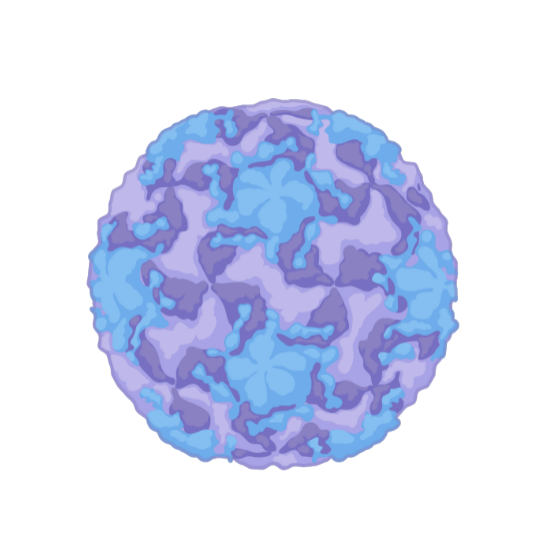In protease testing, common issues can be explained from multiple aspects, which may involve experimental design, operation, result analysis, as well as enzyme characteristics and stability. Here are some main issues and their detailed explanations:
1. Specific issues
Problem description: Proteolysis technology requires the ability to selectively cleave target proteins while maintaining the integrity of other proteins. However, many proteases lack specificity and are prone to cleave multiple proteins, leading to inaccurate experimental results.
Solution: Choose proteases with high specificity, or add a control group to the experimental design to verify specificity.
2. Issues with operating conditions
Problem description: Proteolysis techniques typically require specific conditions such as appropriate pH, temperature, and enzyme/substrate concentration. The selection of these conditions requires extensive experimentation and optimization, and there may be significant differences for different target proteins, increasing the complexity and time required for the experiments.
Solution: Determine the optimal operating conditions through pre experiments based on the specific properties of the target protein, and strictly control these conditions during the experimental process.
3. Measurability issues
Problem description: Proteolysis technology often requires subsequent analysis, such as mass spectrometry or gel electrophoresis, to determine the size and structure of shear products. However, these analytical techniques often require a significant amount of time and resources, as well as specialized equipment and knowledge to operate.
Solution: Adopt efficient and sensitive detection methods, such as high-resolution mass spectrometry, to improve analysis efficiency and accuracy. At the same time, strengthen the training of experimental personnel to improve their operational skills and data analysis abilities.
4. Shear efficiency issue
Problem description: Certain proteases may have lower efficiency in cleaving target proteins under specific conditions, resulting in lower product yields and difficulty in obtaining sufficient samples for further analysis.
Solution: Select appropriate enzymes and optimize reaction conditions, such as increasing enzyme dosage, adjusting reaction temperature and time, etc., to improve shear efficiency.
5. Non specific shear problems
Problem description: Some proteases may generate multiple cleavage sites during protein cleavage, resulting in the production of multiple cleavage products. In this way, analyzing these different products will increase the complexity of the experiment and may lead to product mixing, affecting subsequent quantitative and structural analysis.
Solution: Choose proteases with clear cleavage sites, or add reference proteins to the experimental design to evaluate the degree of non-specific cleavage.
6. Structural damage issues
Problem description: Proteolysis technology may cause partial structural damage to protein molecules during protein cleavage, especially for some folding sensitive proteins. These structural damages may lead to a decrease in the activity and stability of the product, limiting its application in subsequent research.
Solution: Consider using mild shear conditions in experimental design, such as reducing enzyme dosage, adjusting reaction temperature and time, etc., to reduce damage to protein structure.
7. Purity and activity issues of enzymes
Problem description: The purity and activity of the enzyme itself are crucial for the success of protease hydrolysis technology. Enzymes with low purity or unstable activity may lead to non-specific and inconsistent cleavage products, making experimental results unreliable.
Solution: Use high-purity and highly active enzyme preparations, and monitor changes in enzyme activity during the experiment to ensure the accuracy of the experimental results.
8. Data interpretation issues
Problem description: In the protease hydrolysis experiment, further analysis and interpretation of the product are required. However, for complex product mixtures, identifying and quantifying each shear product becomes very difficult.
Solution: Develop more efficient and accurate analysis methods, such as using advanced bioinformatics tools for data analysis, to improve the accuracy and reliability of data interpretation.
In summary, common issues in protease assays involve specificity, operating conditions, measurability, cleavage efficiency, non-specific cleavage, structural disruption, enzyme purity and activity, and data interpretation. To address these issues, corresponding solutions need to be taken to ensure the success of the experiment and the accuracy of the results.
Share on:
Facebook
Twitter
Pinterest
WhatsApp
Recent posts
We recommend


